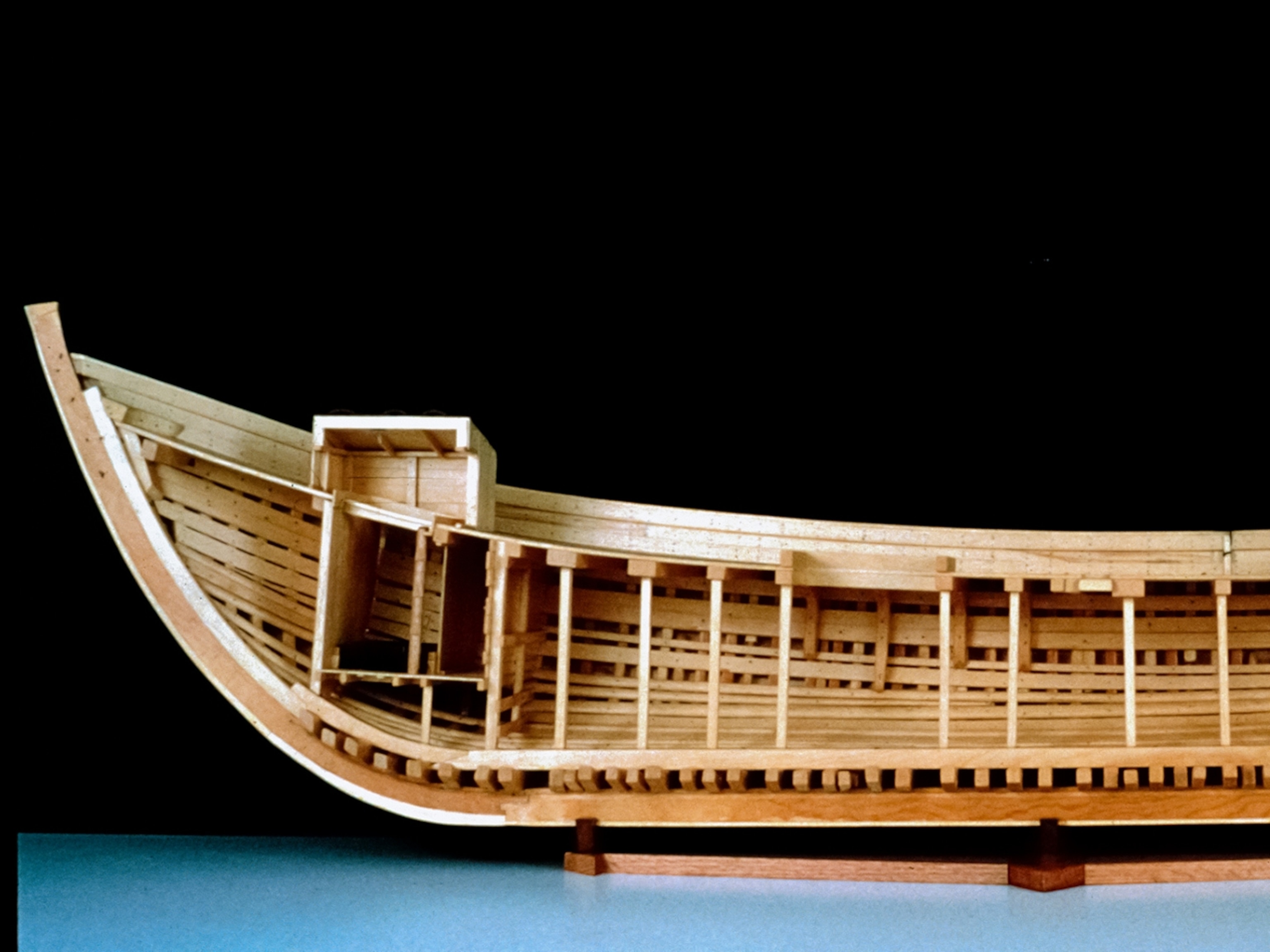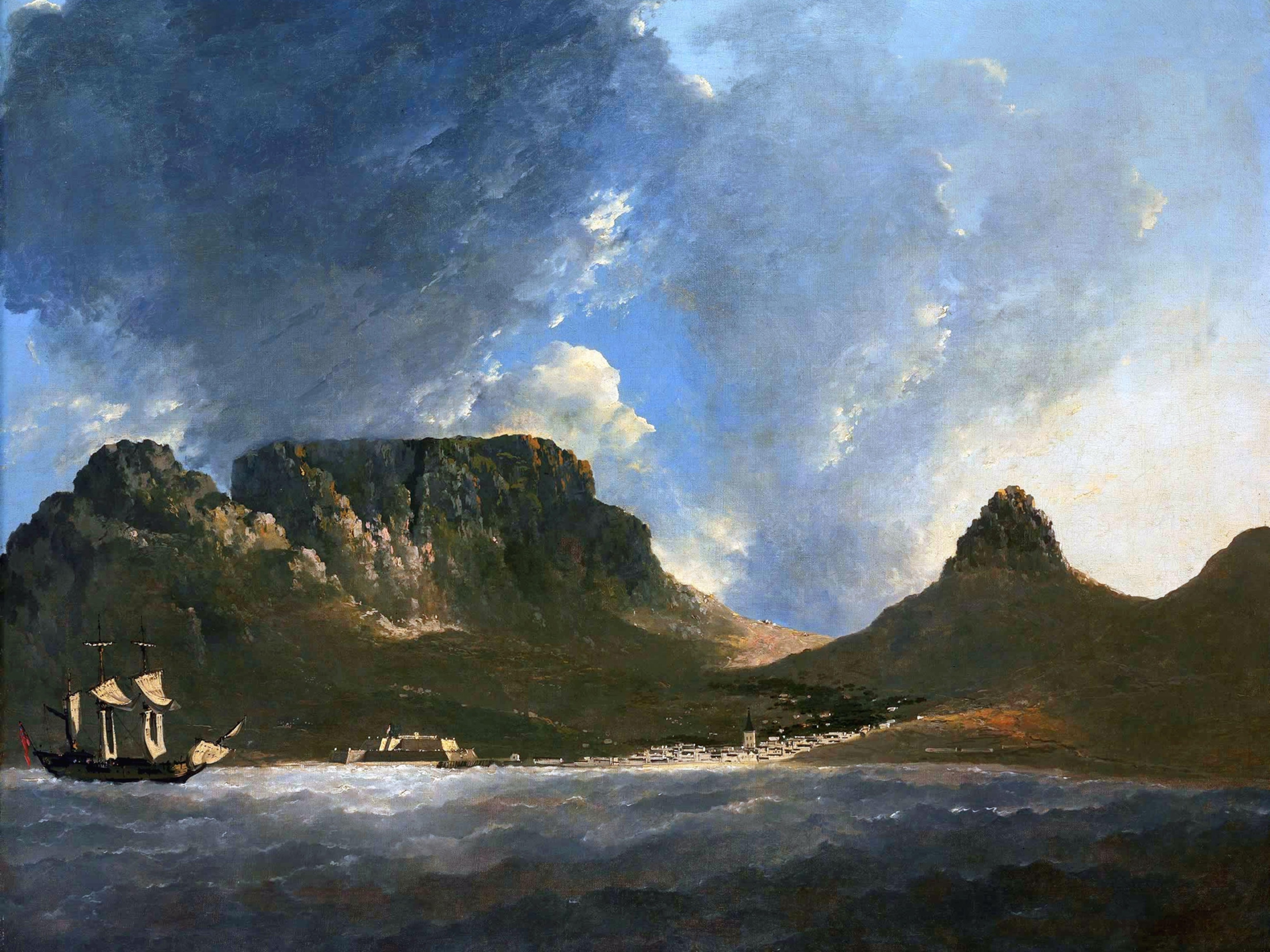Why there’s more to shipwrecks than just sunken treasure
Could our growing fascination with shipwrecks be putting them at risk? Here's how underwater archaeology and maritime law work in tandem to protect these fragile pieces of our submerged cultural heritage.
Every shipwreck has an innate value. To some people, that value may rest in the fabled treasures that one might hope to recover and sell after hundreds or even thousands of years lost at sea. But to others, the ultimate worth cannot be measured in precious metals and gems. It’s the splintered ship itself, its everyday cargo, and the hidden stories of the people who once sailed on it that matter more because they can offer a tangible connection to the nautical traditions of our ancestors.
Underwater archaeologists dive into the depths to study our submerged cultural heritage. However, this is a job made more complicated by treasure hunters and looters who take artifacts from these fragile sites for personal or commercial gain.
Hear from National Geographic Explorer Lisa Briggs about why our growing fascination with shipwrecks may be putting them at risk and how modern maritime laws seek to prioritize conservation over profit.




